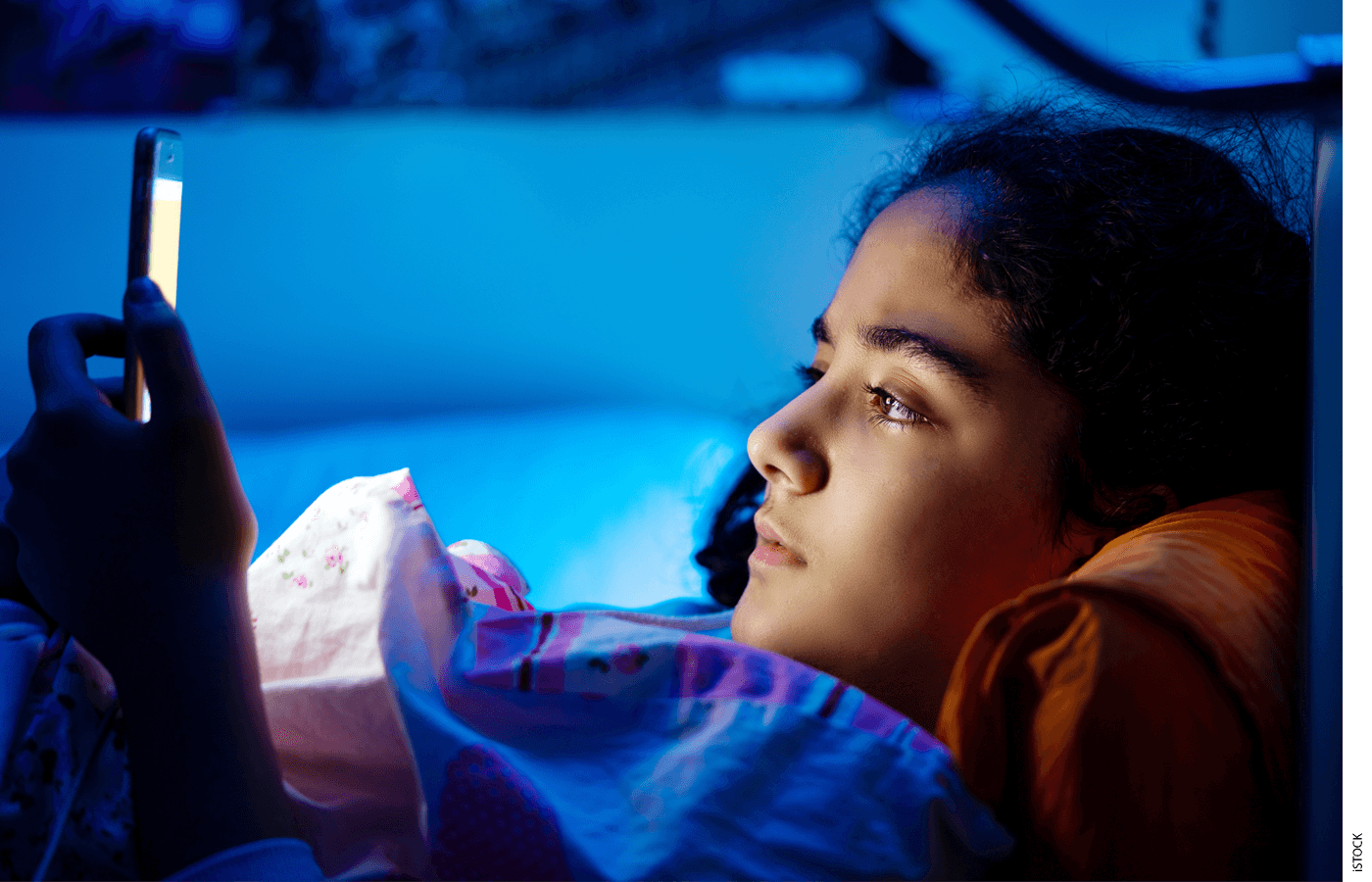During this summer, a team of students from MIT embarked on a journey to the sou …
Poor Academic Performance Linked to Anxiety, Depression, and Lack of Sleep
Jennifer Livingstone

It’s understandable. The education world is filled with articles attempting to understand the impact of artificial intelligence on schools and students (see “AI in Education,” features, Fall 2023). However, before we focus too much on the latest technological breakthrough, let’s acknowledge that we haven’t yet figured out how to deal with the previous one. Smartphones have become commonplace over the past decade. Currently, 95 percent of American teenagers have a powerful computer in their pocket.
Jonathan Haidt, Jean Twenge, and others have raised important concerns about the potential impact of smartphones and social media on the teenage mental health crisis in the United States. While it’s challenging to establish a causal relationship with such a widespread phenomenon, evidence suggests that the surge in teenage anxiety, depression, suicidal ideation, and suicide coincided with the widespread adoption of smartphones by teenagers, which passed the 50 percent mark around 2012 or 2013. This trend is particularly pronounced among girls, especially liberal girls. Similar patterns have been observed in other countries as well.
While the evidence is not conclusive, it is important to take the smartphone hypothesis seriously. The timing aligns with the plateauing and decline of student achievement in the United States that began around 2013, long before the disruptions caused by the pandemic. While other factors such as the Great Recession and shifts in education policy may have contributed to the decline, smartphones and social media should not be discounted.

